To preface I am a software developer, not an electrical engineer so please go easy on me as there are likely gaps in my knowledge here.
I am utilizing an nrf52832 SoC (specs: https://github.com/redbear/nRF5x/tree/master/nRF52832) to send sensor readings over bluetooth. My sensor is a MaxBotix MB1043 HRLV-MaxSonar-EZ4 (datasheet: https://www.maxbotix.com/documents/HRLV-MaxSonar-EZ_Datasheet.pdf) I want to set a pin high on the SoC to turn on the sensor.
My initial research shows that a 2N2222 Transistor with a 1kOhm resistor would be appropriate for this task.
Updated from feedback:

simulate this circuit – Schematic created using CircuitLab
My question is: Is 2N2222 appropriate and is a 1kOhm correct (based on rule of thumb from my research) or can a more precise value be calculated here that would be better? Does my circuit look correct?
Thanks!